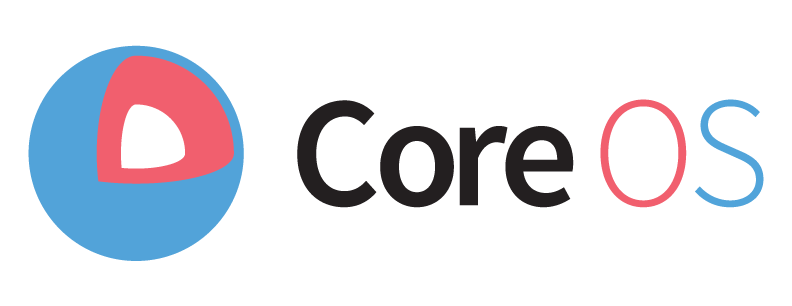Developing for Web Accessibility

When developing websites it is important to consider your audience and how they interact with your application. This can be even more significant for a person with disabilities. Even the most stunning visual presentation can lose its value when the content cannot be interpreted by an individual due to, for example, a learning disability or difficulty seeing. Therefore, it is important, when doing any development or design, we do not dismiss the 1 in 5 people that would benefit on an accessible web.








